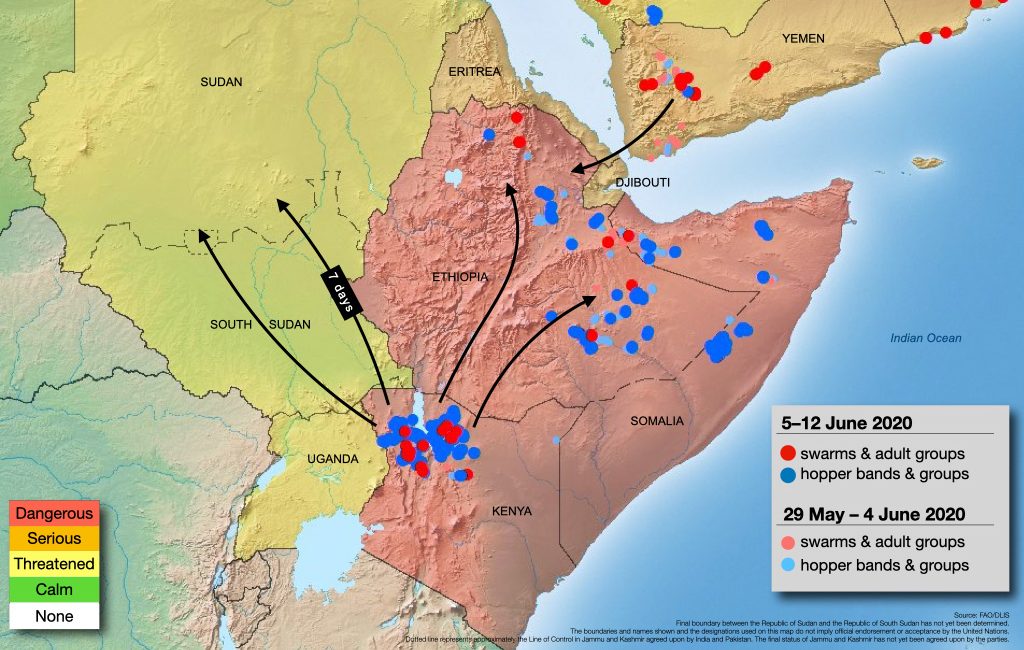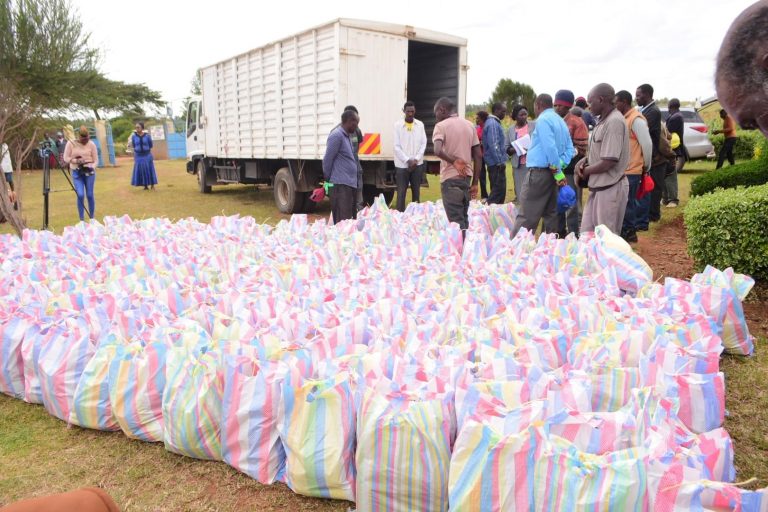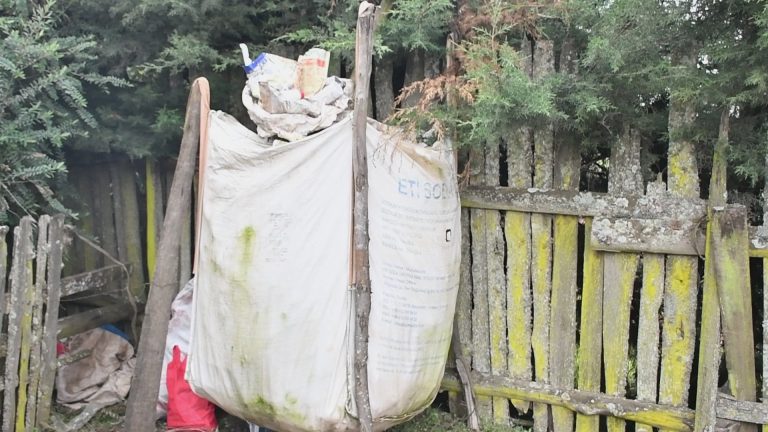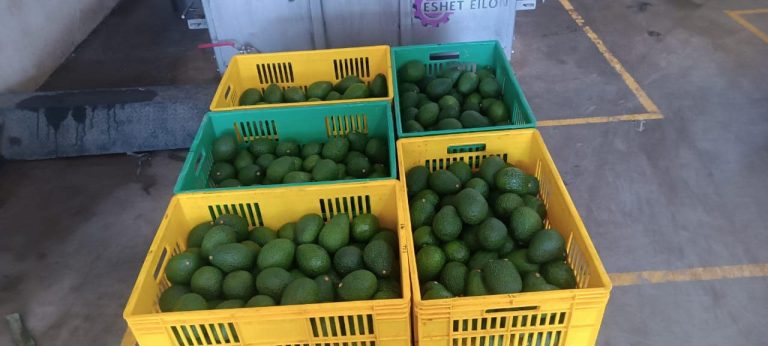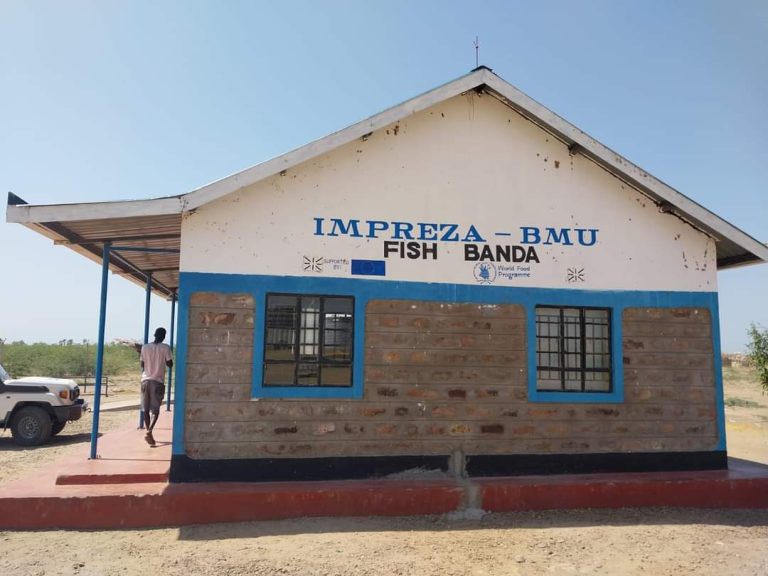A second-generation of immature swarms have now started to form in northwest Kenya according to the latest FAO Locust Watch report. Swarm formation will continue for about four weeks while the bulk of the swarms will form during the second half of June.
The report says prior to migration, swarms will remain for a short time during which there is a considerable threat to crops and pastures in Turkana and Marsabit counties. From about 15 June, an increasing number of swarms are expected to migrate northwards with the prevailing winds to Ethiopia and Sudan. In Ethiopia, swarms are likely to first appear in the south and continue to Oromia, Somali, Amhara, Afar and Tigray regions.
It will take about one week for swarms to migrate from northwest Kenya to Sudan. During that time, they will traverse South Sudan (mainly east of Juba, Bor, and Malakal) and perhaps northeast Uganda, before reaching the extreme southern summer breeding areas of Sudan (South Kordofan, West Kordofan, East Darfur, South Darfur, White Nile, Blue Nile). From there, some swarms may continue to North Kordofan, North Darfur, and perhaps West Darfur. Other swarms may appear in states adjacent to Ethiopia (Sennar, Al Qadarif, Kassala).
If swarms reach Sudan and find dry conditions, then they are likely to migrate to eastern Chad and continue westwards across the Sahel of West Africa. This threat should decline progressively during the next four weeks as the summer rains commence in Sudan.


